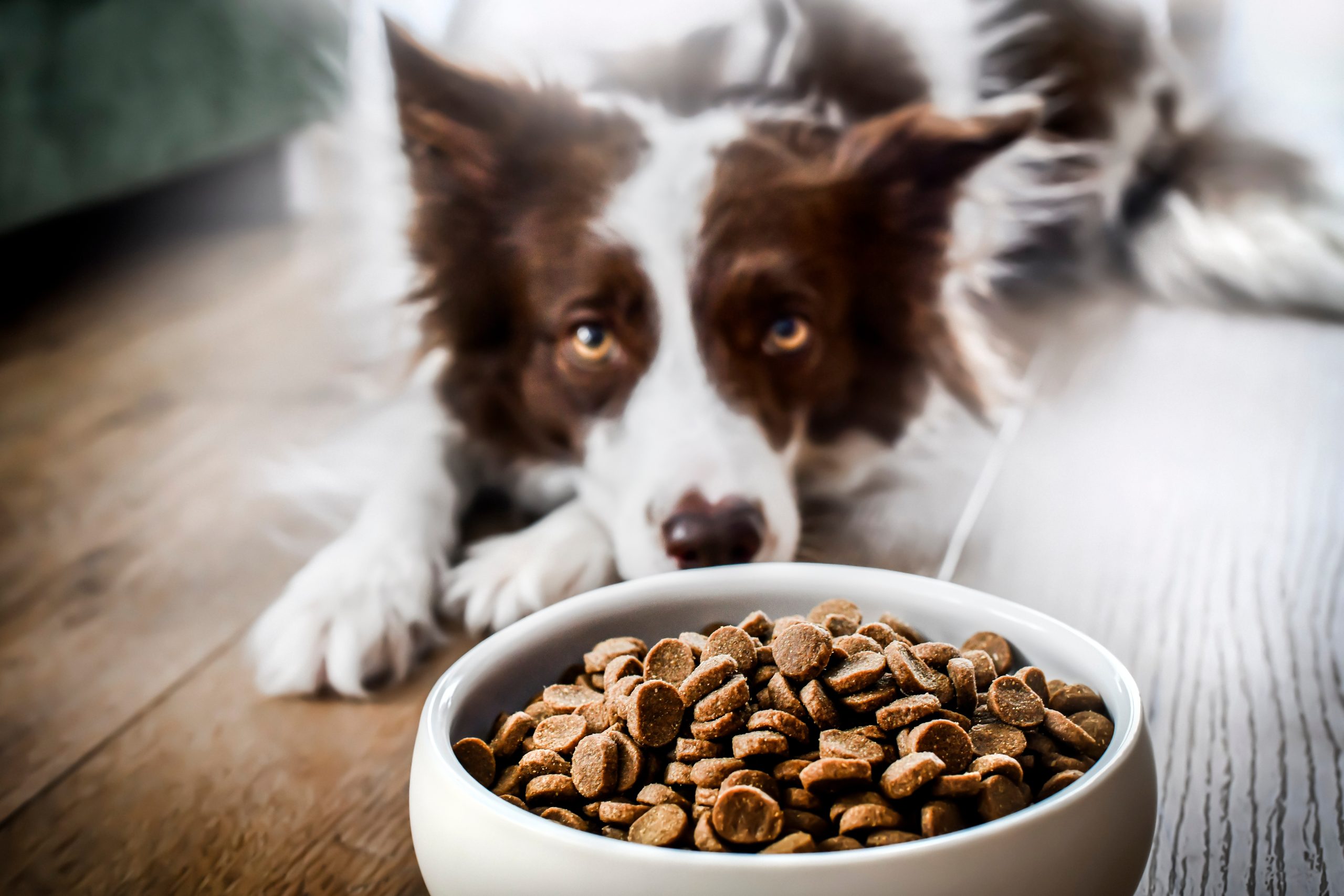
WEIGHT CONTROL CLUB
There are a number of animals who are overweight (and some who are underweight). Owners struggle to stay committed to getting their animals into the ideal weight range. We have a weight control club to assist in their endeavors to get their animal to achieve this ideal weight range.
Each member of the club is individually consulted by one of our trained animal health professionals and an appropriate program is then discussed and applied. Constant updates of the program occur until the animal has achieved its ideal weight range.
Frequently Asked Questions
How do I tell if my dog or cat is overweight?
How important is it to keep my dog from getting fat?
Overweight animals are also prone to developing certain cancers called Lipomas associated with the extra fat layers.
How easy is it to get my animal to lose weight?
The first cells the body goes to for energy in a starvation situation is the muscle cells so when you start putting your animal on a strict diet the initial weight lost is muscle not fat.
We use and recommend special food that supplies the energy, supplies the right amount of protein and has a large amount of bulk to stop the dog getting hungry. Should you want to get your animal to lose weight then this is the food that we recommend.


If I just start to exercise my dog more, will that make it lose weight?
I feed only a small amount and my dog is still very fat.
My cat will only eat certain type of food – is there a easy way I can put it on the weight reducing diet?
It is best to try to mix some of the food you are trying to change over to very slowly. It can take up to a month before a cat will eat the weight reducing diet on its own.
We proudly recommend Royal Canin at East Bundaberg Veterinary Hospital so we can help keep your pet on the path of wellness.
Royal Canin’s nutritional approach
At Royal Canin, we focus our efforts on understanding the unique needs of domestic cats and dogs. Everything we do is designed to create precise nutritional formulas to help them have a long and healthy life. All our products are researched and developed not by trends in human nutrition or preferences of the pet owner, but through innovative nutritional science and the observation of cats and dogs.
Essential nutrients for cats and dogs explained
Tailored nutrition for unique needs
Our nutritional philosophy
Pet food ingredients explained

HOSPITAL TOUR
Our virtual hospital tour takes you through the various facilities and services available to clients of East Bundaberg Veterinary Hospital.
